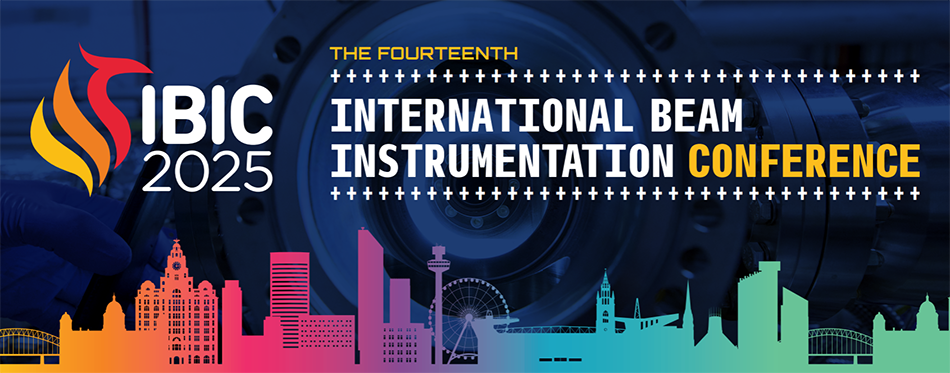Speakers
Description
In this study we present an extensive theoretical investigation, and lateral resolution optimization, into the use of semiconductor-based sensors (semicon-sensors) for real-time monitoring of high-intensity synchrotron whitebeams. Leveraging internal photoemission, these sensors can give critical advantages over conventional metal-based blade monitors that rely on surface photoemission[1]. Notably: (i) semicon-sensors generate signals up to three orders of magnitude higher, unaffected by surface contamination; (ii) they can intrinsically suppress low-energy background from bending magnet radiation, greatly improving signal fidelity[2]; (iii) through a novel optimization strategy termed harmonic-tuning—which uses spectral filters to selectively enhance detection of specific harmonics from insertion devices—semicon-sensors can achieve up to 10× superior spatial resolution. These capabilities enable precise, stable beam diagnostics upstream of monochromators in modern 4th-generation synchrotron facilities. At the conference, we will present comparative modelling results across multiple beamlines, facilities and gap/K-values, demonstrating/establishing performances gains. Furthermore we will present first experimental results of these sensors tested at the Swiss Light Source (SLS) in Switzerland and at IHEP synchrotron in China
Footnotes
- E.D. Johnson and T. Oversluizen, “Compact flux beam position monitor,” Rev. Sci. Instrum. 60 (1989) 1947
** P. Ilinki, "OPTIMIZATION OF NSLS-II BLADE X-RAY BEAM POSITION
MONITORS: FROM PHOTOEMISSION TYPE TO DIAMOND DETECTOR", proceedings of IBIC2013, Oxford, UK
| I have read and accept the Conference Policies | Yes |
|---|

